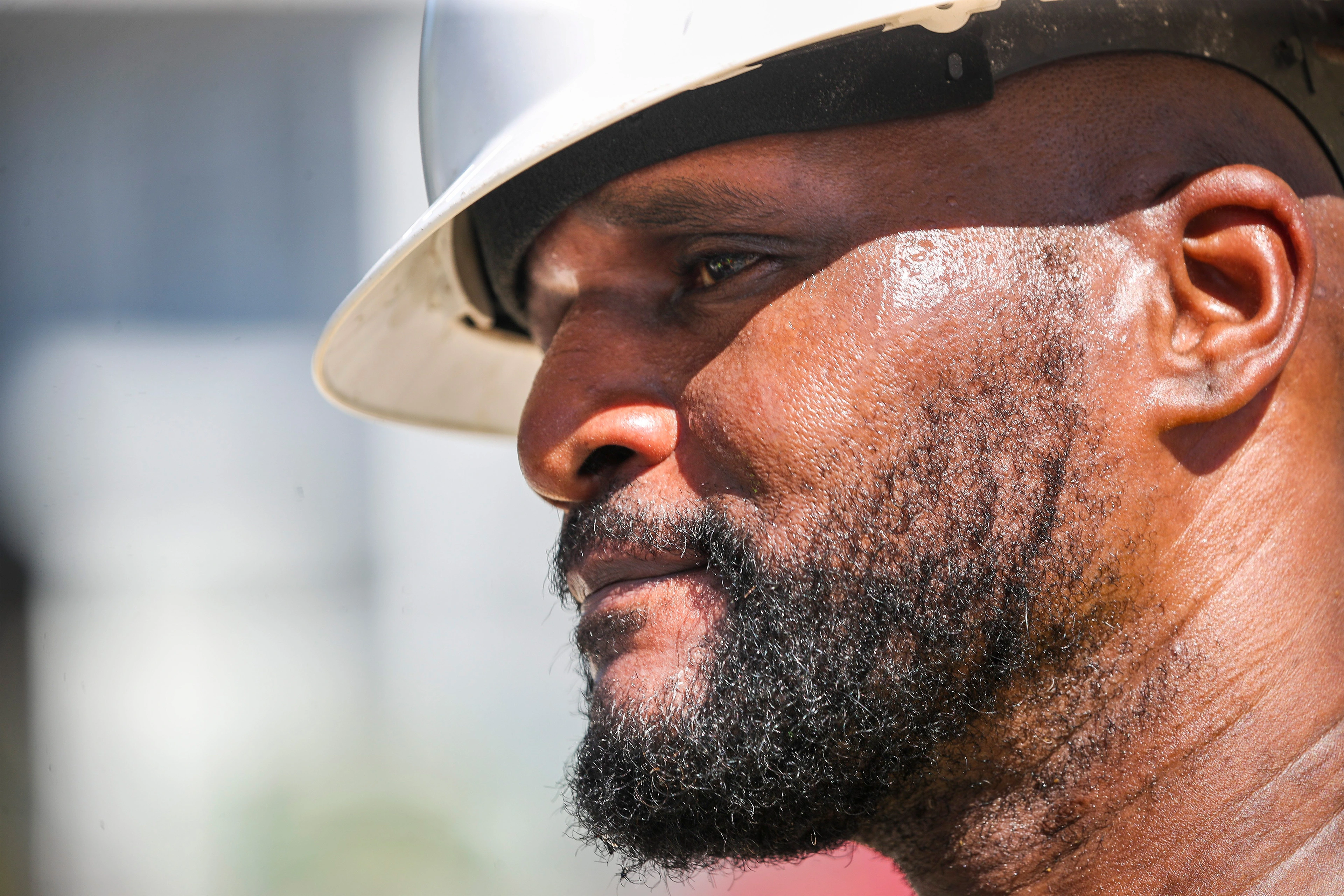- cross-posted to:
- treehuggers
- cross-posted to:
- treehuggers
Neighborhoods with more trees and green space stay cooler, while those coated with layers of asphalt swelter. Lower-income neighborhoods tend to be hottest, a city report found, and they have the least tree canopy.
The same is true in cities across the country, where poor and minority neighborhoods disproportionately suffer the consequences of rising temperatures. Research shows the temperatures in a single city, from Portland, Oregon, to Baltimore, can vary by up to 20 degrees. For a resident in a leafy suburb, a steamy summer day may feel uncomfortable. But for their friend a few neighborhoods over, it’s more than uncomfortable — it’s dangerous.



Not a bad idea per se but it’s a very expensive solution. We probably won’t be able build enough panels for all of the shade we’ll need for future heat.
Trees are usually the best and easiest solution in most areas, but many municipalities including Tampa don’t take them very seriously. They need space for roots if they’re to provide adequate shade in urban areas.